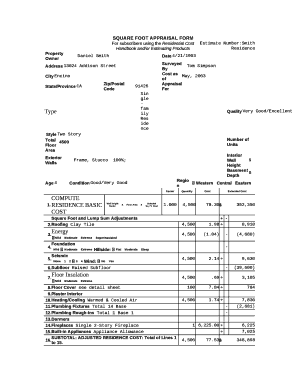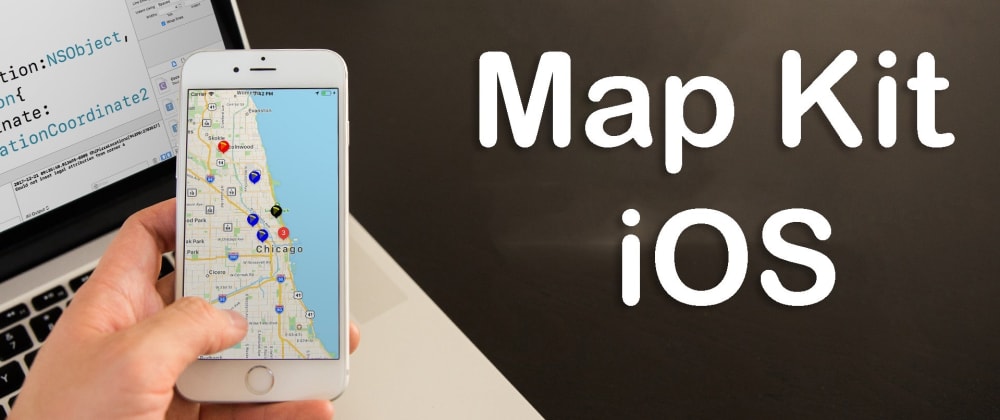
- #Mapbox swift annotation edit code
- #Mapbox swift annotation edit download
- #Mapbox swift annotation edit free
New project windowĬlick next, and then name your new project. We’ll be creating a new Single View Application.

Go ahead and open up XCode, and create a new application. This book uses Swift 3, which is supported in XCode 8 and above.

The Swift language has been evolving since its first release. The underlying application programming interfaces (APIs) used in iOS are the same. Almost of all of this book would be directly applicable to an Objective-C application. We’ll also be using the Swift programming language, instead of Apple’s older programming language for iOS, Objective-C.
#Mapbox swift annotation edit code
If you’re using earlier versions of XCode, this code may not compile, and you may not be able to follow directions. The first step is to make sure that you have a recent version of XCode (at the time of writing, XCode 8.2) installed on your Mac.
#Mapbox swift annotation edit free
Feel free to use your own town for this example, of course! Our finished application Getting Started Our first iOS app will be very simple - only one screen that displays a map, and then has one pin on it, with the location of my city, Austin, Texas. You will not need one to follow these development exercises, however. If you want to publish your apps on the App Store, you will need to have a paid Apple Developer account. You can sign up for an Apple developer account on Apple’s web site if you want to run your projects on your own iOS devices - at the time of writing, this doesn’t require paying Apple any money: You do not need an iOS device for the projects in this book, but it is a lot more interesting if you do have one, especially for the projects that can use your current location.
#Mapbox swift annotation edit download
XCode is free for download from the Mac App Store, and runs on recent versions of OS X. This book is written with Apple’s XCode 8 integrated development environment (IDE). You will need a relatively recent Mac to do your development for the projects in the book. You don’t have to know anything about mapping or location yet, and we’ll introduce more advanced concepts as we use them.

You should be able to understand the Swift programming language, and also know the basic concepts of iOS development, such as View Controllers and Storyboards. This book won’t be an introduction to iOS app development, but it is written for beginning and intermediate iOS programmers. We’ll finish up by creating projects with the Google Maps for iOS SDK and the MapBox SDK. The next chapters will introduce more complicated aspects of the location and map frameworks built into iOS, CoreLocation and MapKit.

In the first chapter, we will build a very simple mapping app using Apple’s MapKit framework, which comes with iOS. Whatever new data type you create to store locations, it must conform to the Identifiable protocol so that SwiftUI can identify each map marker uniquely.The purpose of this book is to introduce you to mapping and location technology in iOS. To do this takes at least three steps depending on your goal: defining a new data type that contains your location, creating an array of those containing all your locations, then adding them as annotations in the map. There are a variety of extra options we can use when creating maps, but by far the most important is the ability to add annotations to the map – markers that represent various places of our choosing. That has a two-way binding to the region so it can be updated as the user moves around the map, and when the app runs you should see London right there on your map. Both sets of latitude and longitude are measured in degrees, but in practice longitude changes in its underlying value as you move further away from the equator so it might take a little experimentation to find a starting value you like.įinally, we can add a map view like this: Map(coordinateRegion: $mapRegion) Now we can make a property such as this one: private var mapRegion = MKCoordinateRegion(center: CLLocationCoordinate2D(latitude: 51.5, longitude: -0.12), span: MKCoordinateSpan(latitudeDelta: 0.2, longitudeDelta: 0.2)) The “MK” in that name means this come from Apple’s MapKit framework, so our first step is to import that framework: import MapKit Let’s start with something simple: showing a map means creating some program state that stores the map’s current center coordinate and zoom level, which is handled through a dedicated type called MKCoordinateRegion. Even better, Apple provides a SwiftUI Map view that wraps up the underlying map framework beautifully, letting us place maps, annotations, and more alongside the rest of our SwiftUI view hierarchy. Maps have been a core feature of iPhone since the very first device shipped way back in 2007, and the underlying framework has been available to developers for almost as long.


 0 kommentar(er)
0 kommentar(er)
